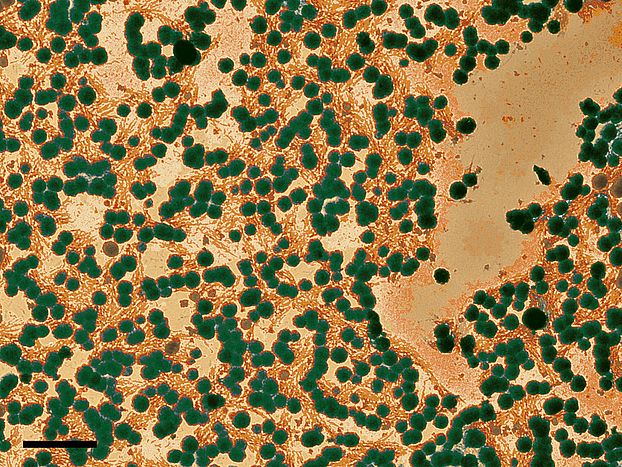/ News, Research, Erfolgsgeschichten
Method for detecting nanoparticles in early life nutrition
Researchers from the SNI network have developed a technique that can detect nanoparticles (that is, particles with a diameter of less than 100 nanometers) in early life nutrition products with a high sample throughput.
Nanoparticles are commonly used as anticaking agent to improve powder characteristics in the food industry. Quantitative detection of nanoparticles is particularly challenging in this context because foods frequently consist of inhomogeneous mixtures. In many cases, they also contain natural minerals that can only be distinguished from the nanoparticles based on size.
Using a combination of analytical methods, the researchers succeeded in separating silica nanoparticles (SiNPs) from a complex matrix (such as early life nutrition) based on size and determining the concentrations. For example, they were able to distinguish early life nutrition with a 2–4% concentration of anticaking agents (approx. 20 nm diameter) from a formula that was free of these agents.
Standardized techniques for detecting nanoparticles in food recently became necessary due to the new guidance released by the European Food Safety Authority (EFSA). Clear evidence is also essential for products advertised as being “nanoparticle-free.”
The work was carried out by researchers from the FHNW School of Life Sciences and the University of Basel in collaboration with the company DSM-Firmenich (Kaiseraugst, AG) as part of the Nano-Argovia program, through which the Swiss Nanoscience Institute supports applied research in the nanosciences.

